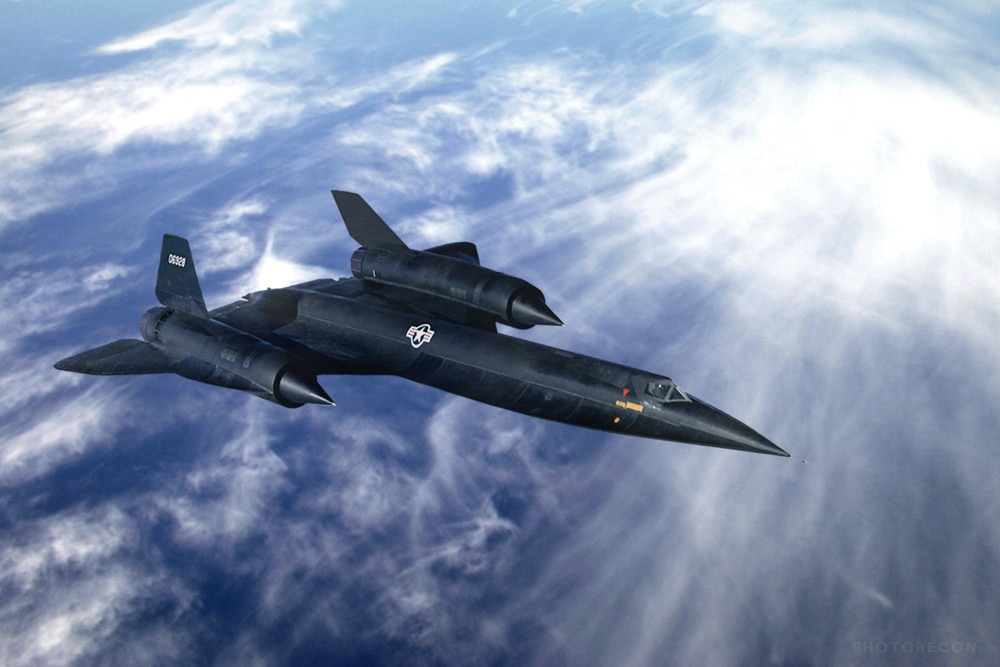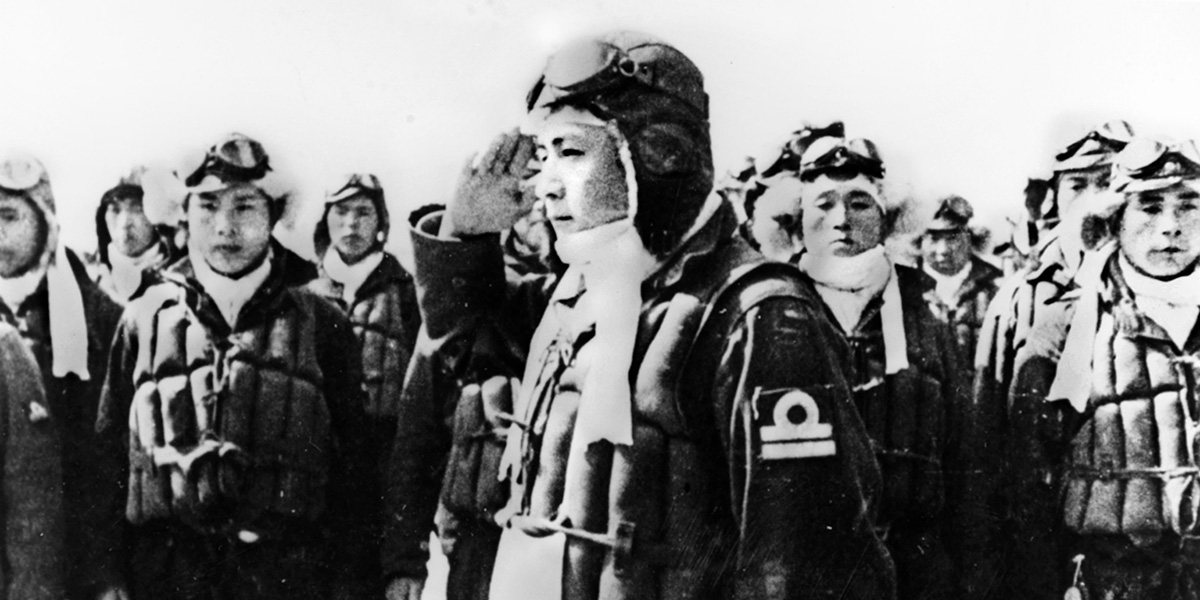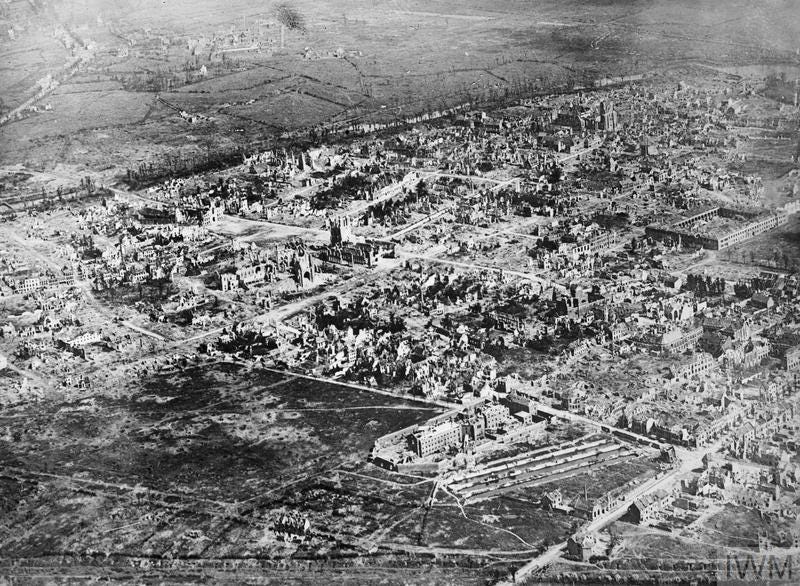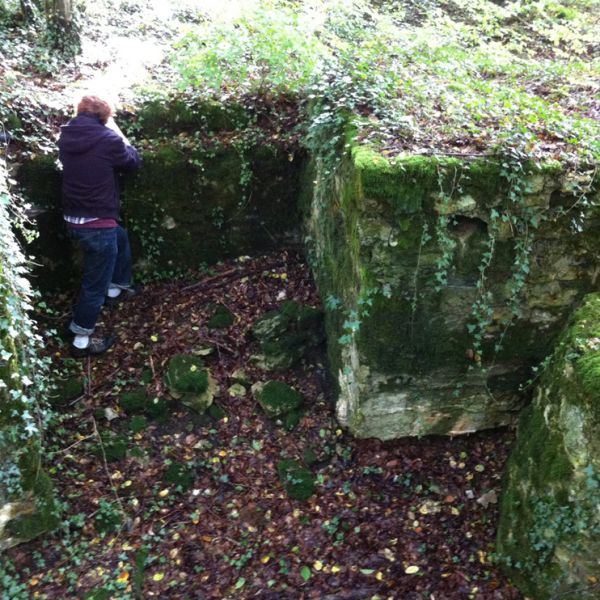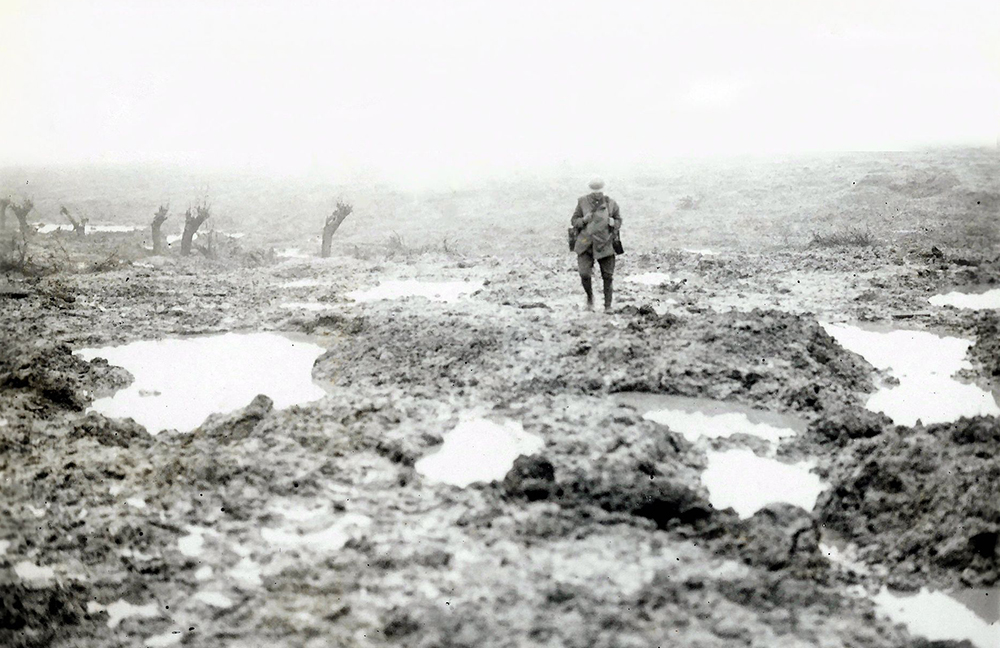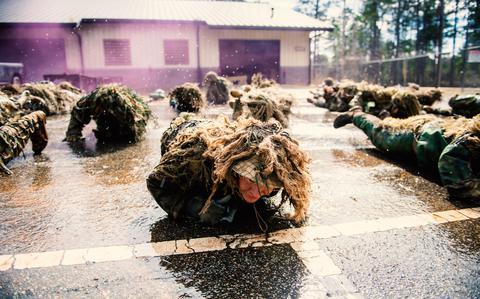BarnBuster
Virtually Unknown Member
Arlington Cemetery to re-create solemn 1921 procession to Tomb of the Unknowns
Arlington National Cemetery said Wednesday that it will host a public memorial procession and military flyover on Nov. 11 in honor of the 100th anniversary of the Tomb of Unknowns.



